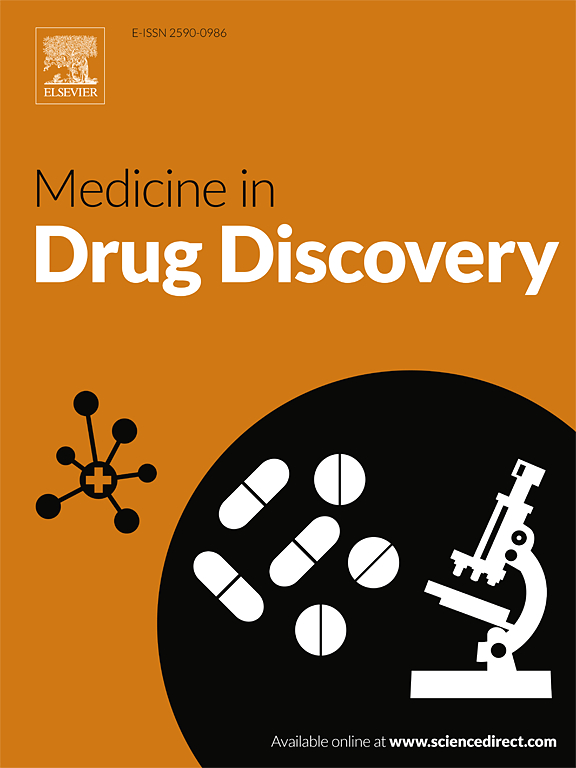Retrospective analysis of glomerular filtration rate estimated using different equations with and without adjustment to individual body surface area
Q2 Medicine
引用次数: 0
Abstract
The assessment of the influence of renal function on the pharmacokinetics of a new drug is pivotal in many clinical development programs. In clinical trials, renal function is commonly assessed by estimating the glomerular filtration rate (GFR).
Our retrospective analysis compared the assignment of 60 Caucasian volunteers to renal function groups based on their estimated GFR (eGFR). For each volunteer, GFR as measure of renal function was calculated using six commonly used equations (MDRD2006, CKD-EPIcreat2009, CKD-EPIcreat2021, CKD-EPIcyst2012, CKD-EPIcreat/cyst2012, and CKD-EPIcreat/cyst2021) with and without adjustment to individual body surface area (BSA).
The resulting distribution of individuals to renal function groups varied across equations. The CKD-EPIcreat/cyst2012 and CKD-EPIcreat/cyst2021, using both creatinine and cystatin C, showed the highest consistency in the renal function group assignment (agreement rate). The agreement rate improved by adjusting with individual BSA (aGFR).
The results support that BSA-adjustment of eGFR may improve the comparability and reproducibility of results of clinical trials where renal function categories are part of the trial design.
回顾性分析肾小球滤过率估计使用不同的方程式,有和没有调整个人体表面积
评估肾功能对新药药代动力学的影响是许多临床开发项目的关键。在临床试验中,通常通过估算肾小球滤过率(GFR)来评估肾功能。我们的回顾性分析比较了60名高加索志愿者根据他们估计的GFR (eGFR)分配到肾功能组。对于每个志愿者,GFR作为肾功能的测量使用六个常用方程(MDRD2006, CKD-EPIcreat2009, CKD-EPIcreat2021, CKD-EPIcyst2012, CKD-EPIcreat/cyst2012和CKD-EPIcreat/cyst2021)计算,并不调整个人体表面积(BSA)。结果个体到肾功能组的分布在各个方程中各不相同。同时使用肌酐和胱抑素C的CKD-EPIcreat/cyst2012和CKD-EPIcreat/cyst2021在肾功能组分配上显示出最高的一致性(一致性率)。通过调整个体BSA (aGFR)来提高一致性率。结果支持bsa调节eGFR可以提高临床试验结果的可比性和可重复性,其中肾功能分类是试验设计的一部分。
本文章由计算机程序翻译,如有差异,请以英文原文为准。
求助全文
约1分钟内获得全文
求助全文
来源期刊

Medicine in Drug Discovery
Medicine-Pharmacology (medical)
CiteScore
8.30
自引率
0.00%
发文量
30
审稿时长
21 days
期刊介绍:
 求助内容:
求助内容: 应助结果提醒方式:
应助结果提醒方式:


